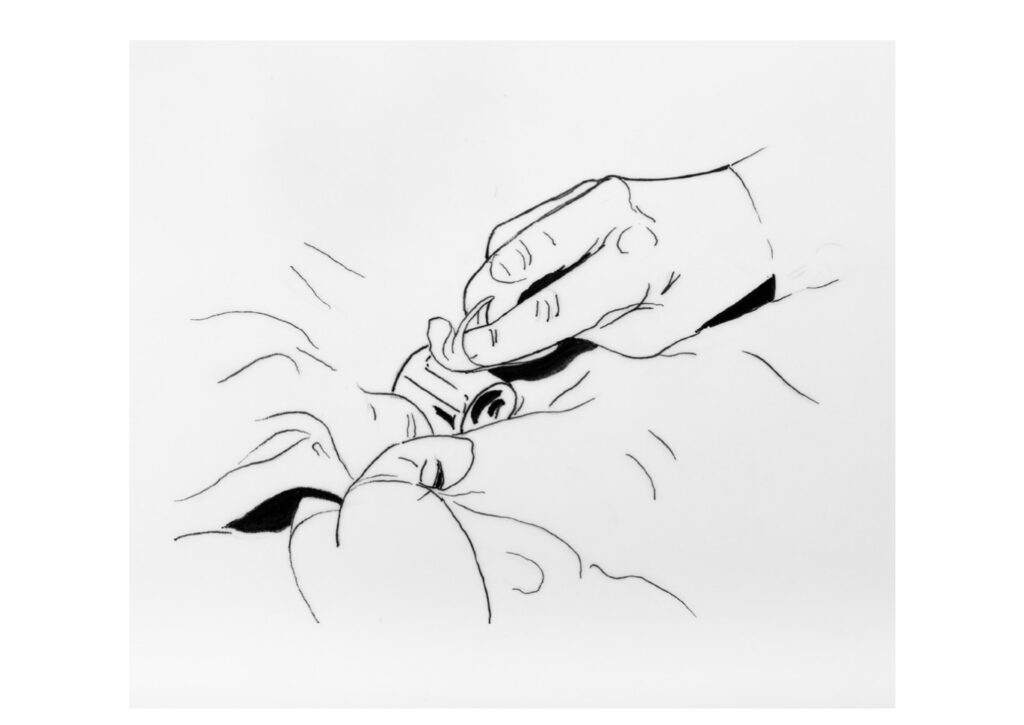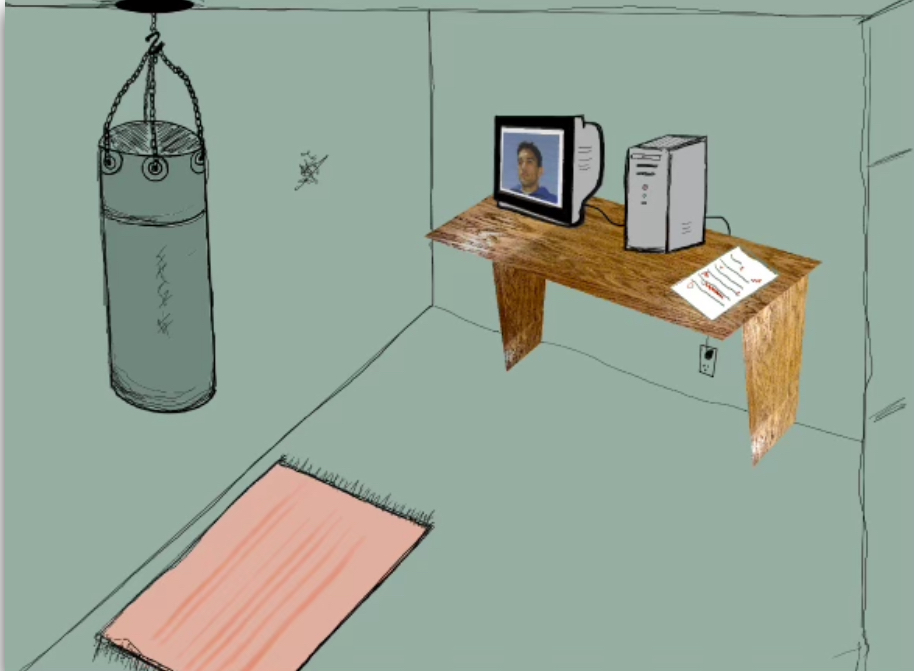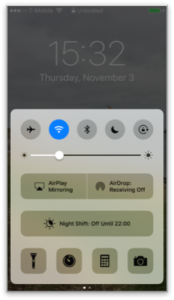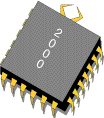Hi! I’m an Associate Professor at the London School of Economics in the Department of Media and Communications.
I am a historian of media, technology, and culture. Drawing on methods from media studies, Science and Technology Studies, gender studies, and disability studies, I investigate the intersecting history of culture and technology, and the ways media artefacts encode and crystallise assumptions about human perception, emotion, and behaviour. In other words, I study the ways people make the stuff that we take for granted and what happens when it all falls apart. I am the author of Proxies: the Cultural Work of Standing In (published open access with MIT Press). I am currently writing a monograph on the history of anger, art, and media titled Technologies of Rage.
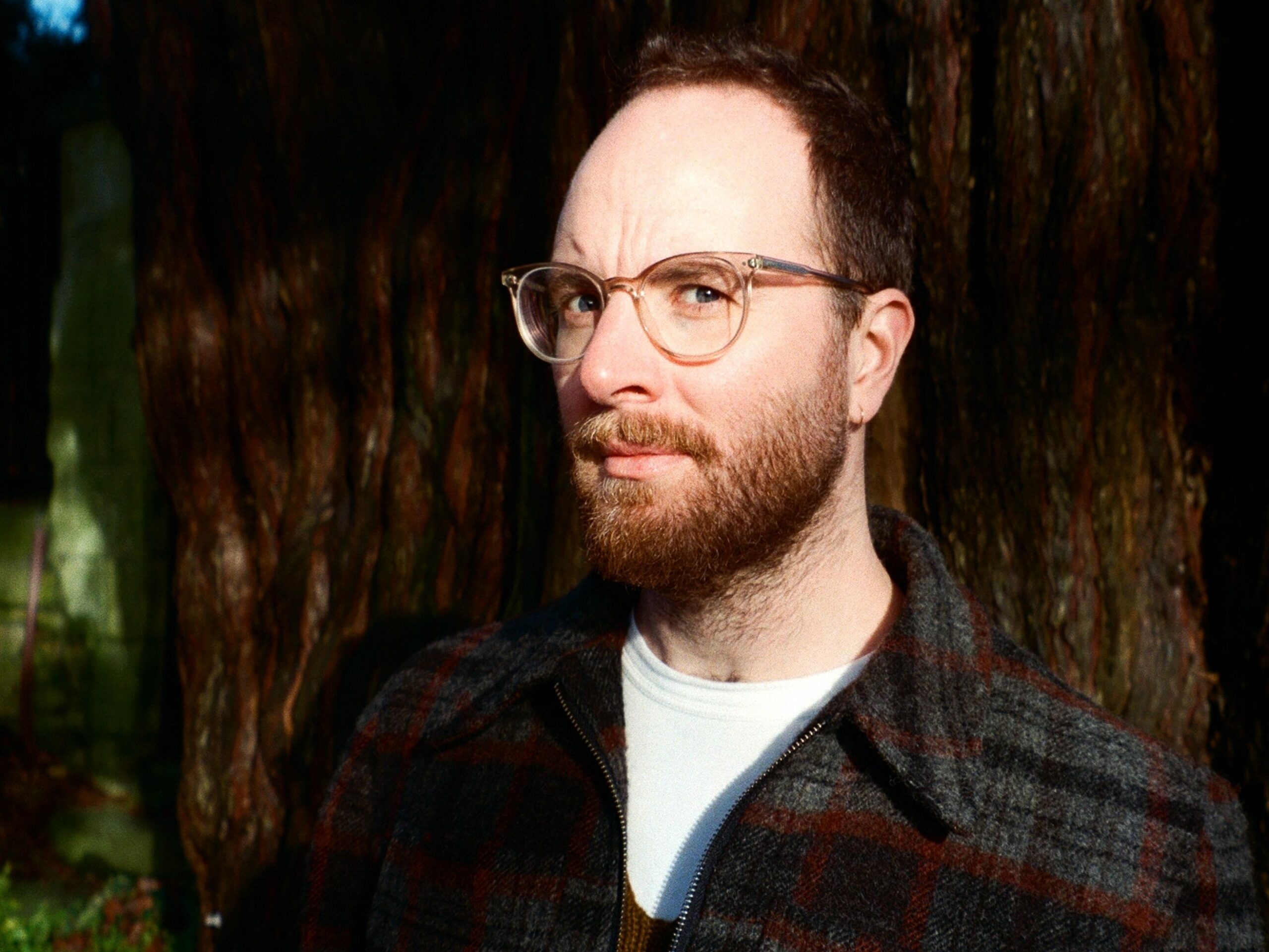
Book
In Proxies: The Cultural Work of Standing In I look at the practices that institutions use to enact and maintain their standards through human labor, embodied performance, and the materialisation of abstract ideas in physical stuff. “Proxies” are material stand-ins, intermediaries between a vernacular world and technical design, and the book traces the choice, crafting, and maintenance of proxies as controllable simulations of a world “out there.” Based on studies of three proxies—the International Prototype Kilogram, the Lena test image, and the standardized patient program—I argue that the attempt to account for the local and specific ways the world works, forces standards to be constantly calibrated, tweaked, repaired, and shored up. This book maps the standardization process as an attempt to make infrastructure out of these excerpts of everyday life.
Proxies are usable chunks, workable samples, and data sets, but they are also starting points, training materials, and a shared ground of value. To chart the lifecycle of a proxy is to chart its leaks and its contaminations, the way it takes on new meaning and gives off unintended signals. Through proxies, I argue that if we think of standards as powerful, calcified, and inert instruments, we risk losing track of their vulnerability, their pliability, and their destructibility. The work of choosing proxies is shared across cultural, scientific, and technical domains; we find proxies everywhere someone needs to leverage a simulation of the world for making a statement about how a technology will perform. In recent years, we have come to call many of these simulations of the world “data.” But, as this book argues, understanding our samples of the world in this way only tells us part of the story. The proxies in this book take the form of metal prototypes, magazine cut-outs, digital images, and human performers, and each requires strict protocols for keeping them viable. Proxies brings theories of media, performance, representation, and the labor of maintenance to bear on the history of technology and measurement, showing, along the way, how the work of making representative stand-ins constitutes a fundamental practice in our shared world.
Technologies of Rage
I am currently at work on a new book about the intersecting histories of art, technology, and rage. Technologies of Rage looks at how the uses of anger and rage as responses to political and economic crisis. I am investigating how activists, academics, and artists have theorised rage and expressed anger during broader cultural debates about the purpose of catharsis. I argue that to understand social and political upheaval, we have to look to the ways society has channelled, responded to, and rejected rage as a cultural force.
Through four case studies of the “media of purgation,” from Albert Bandura’s “Bobo Doll experiments,” through the emergence of the “Rage Room,” I analyse the relationship between the concepts of anger, destruction, and catharsis and how these concepts are mediated in public life – especially in the ways that rage is understood as simultaneously dangerous and both personally and politically transformative.
Past Projects
Night Modes
Though much of my research is historical, I have also been writing about contemporary media technologies. My article “Media Prophylaxis: Night Modes and the Politics of Preventing Harm “ looks at the origins of a relatively new phenomenon: the light-mitigating orange light of “night modes” on electronic devices (i.e., that thing where your phone turns orange at ten o’clock). In this project, I uncover how a new default screen setting is changing the aesthetics of nighttime lighting, and exposing assumptions about what constitutes a healthy relationship between screens, bodies, light, and labor.
Since the confirmation, in 1980, that artificial light can disrupt a person’s circadian rhythms, many groups and individuals have sought means of either mitigating these effects or harnessing them for therapeutic uses. In recent years, self-illuminated screens (like those of computers, phones, and tablets) have been targeted as particularly pernicious sources of sleep-disrupting light. In this project, I trace the origins of research into artificial light as a compounding source of fatigue, and develop a concept of “media prophylaxis” to analyze the ways technologies are offered as both solutions to the challenges of calibrating one’s body with its environments, and as defenses against endemic, human-made harms.
The history of the Year 2000 Problem and the politics of technological repair
Since 2015, I’ve been collecting materials for a recovered history of the Y2K bug, and taking seriously an event that has come to represent a punchline to the 1990s. I approach the organized response to the perceived threat of the Y2K bug as one of the greatest, public-facing attempts to educate and train individuals and organizations to manage the unforeseen, and potentially devastating, effects old computer code and legacy software can have on contemporary computerized infrastructures.
As part of this work I have been investigating the history of computing in the 1990s. With Cait McKinney I’ve published on the ways HIV was frequently used to explain the dangers of networking and how AIDS became a metaphor for early, public networks. In the Annals of the History of Computing I’ve written about the ways the Y2K bug was used to rewrite American liability law (pre-print); and in the edited collection Just Code (Johns Hopkins University Press) I write about the nationalist politics of repair labor in the United States and India. For this research I’ve also been interviewed by the New York Times, New Scientist, and the podcast You’re Wrong About.
A benefit of this work is that people often tell me where they were on December 31, 1999. If you’d like to tell me where you were, please send me an email.

